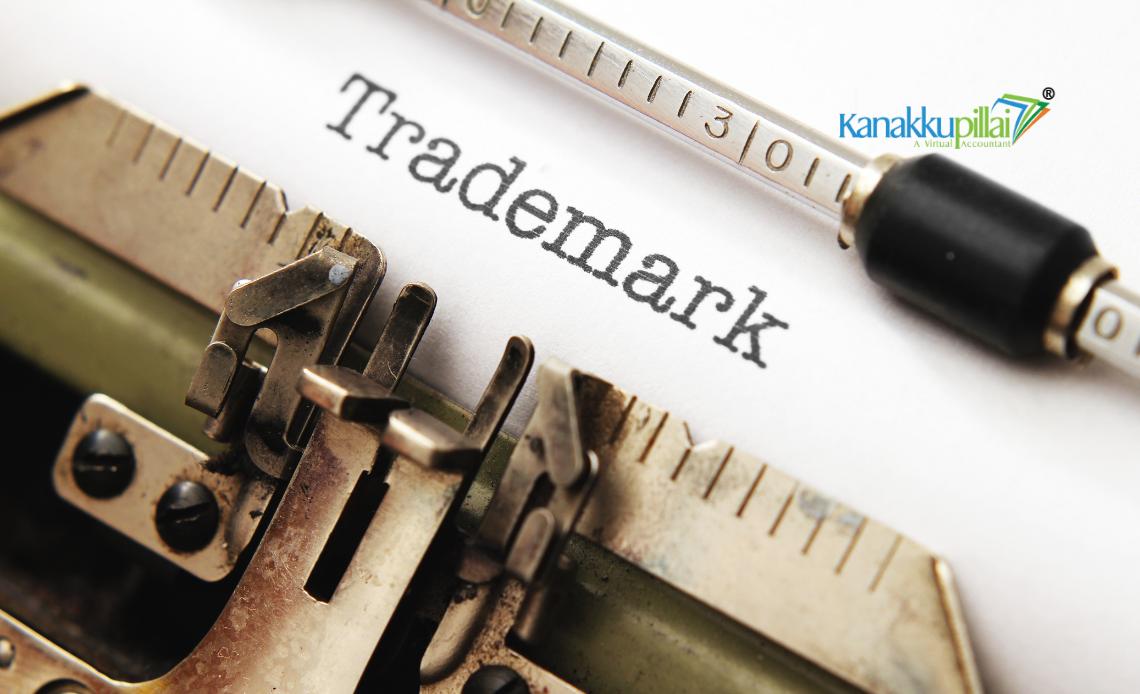A trademark is a valuable tool for any business, giving a unique name and separating a product or service from others. However, if a property is not properly kept, it can lapse, leading to loss of rights and possible abuse by others. brand restart is the process of restoring a lost brand, allowing the owner to regain its protection. In this blog, we will describe the steps to Resumption of a Trademark, ensuring your brand’s continued safety and value.
Understanding Trademark Resumption
Trademark restart is the process of restoring a lost trademark, allowing the owner to regain its security and exclusive rights.
Circumstances: Trademarks can lapse due to non-renewal or failure to keep the register. This can lead to loss of rights and possible abuse by others.
Benefits of Resumption of a Trademark:
- Extension of Ownership Rights: Resuming a trademark gives the exclusive right to use the mark for another 10 years.
- security Against lawsuits: Resuming a trademark provides continued security against pointless lawsuits and unauthorized use.
- Ability to Attract Top Talent: A renewed trademark keeps the brand’s name and image, attracting top talent and improving business possibilities.
Preparing for Trademark Resumption
Step 1: Assess the state of the trademark
Determine if the trademark has ended and the time passed since expiration. Check if the grace time for late renewal has passed.
Step 2: Gather appropriate papers
You, the registered owner, or an authorized agent working on your behalf may all submit the application. Make sure your agent is properly qualified to represent you in this regard should you decide to have one apply.
Step 3: Consult with a trademark expert (extra but suggested)
While not required, contacting a trademark expert is suggested to ensure compliance with legal requirements and increase the chances of successful repair. An expert can help you through the process, handle paperwork, and defend your interests before the trademark authorities.
The Trademark Resumption Process
Step 1: Filing Form TM-R
To start the trademark resume process, you need to file Form TM-R, which is the application for the return of your trademark. This form can be received from the legal trademark authorities. Ensure that the form is finished properly and includes all necessary details.
Step 2: Providing Applicant Information
The application can be made either by you, the registered owner, or by an approved person acting on your behalf. If you choose to have a person apply, ensure that they are properly allowed to represent you in this case.
Step 3: Submission of Form TM-18 and Affidavit
Along with Form TM-R, you will need to send Form TM-18 and a document that supports the claims made in your resume application. The declaration is a formal record that proves the accuracy of your claims regarding the trademark restart.
Step 4: Payment of Resumption Fees
You have to pay certain costs before they can start resuming. There is a trademark resuming cost of ₹10,000 applied for the actual application submission. There also includes a ₹9,000 restoration charge. These costs help your application be processed and your trademark rights to be reinstated.
After Filing for Resumption
Step 5: Scrutiny of Application by the Trademark Office
The trademark office reviews the application to ensure truth and validity of the information and papers given.
Step 6: Responding to Objections or Oppositions (if any)
If any complaints or oppositions emerge, the trademark owner must react properly to meet these concerns.
Step 7: Issuance of Certificate of Resumption
Upon happiness, the trademark registrar gives a certificate of repair in the name of the trademark owner.
Step 8: Update in Trademark Journal
The successful restart is recorded in the trademark log, providing openness and telling the public and important parties about the reinstatement.
Maintaining Your Resumed Trademark
After restarting your trademark, it is crucial to continuously watch its use and defense. This includes watching new trademark entries that may infringe on your mark and handling any possible problems quickly. Regularly reviewing your trademark’s status ensures that you stay informed about any changes or updates that may impact its validity.
Timely Renewals
To avoid future lapses, it is essential to renew your trademark on time. Trademark updates are usually due every 10 years, and missing these deadlines can lead to loss. Staying on top of renewal dates ensures that your trademark remains active and protected.
Correct Usage
To maintain the protection of your resumed trademark, use it correctly and consistently. This includes using the right symbol (®) and ensuring that it shows clearly on your goods, marketing papers, and online platforms. Consistent use helps maintain the strength and distinctiveness of your trademark, preventing genericization and ensuring its continued legal protection.





